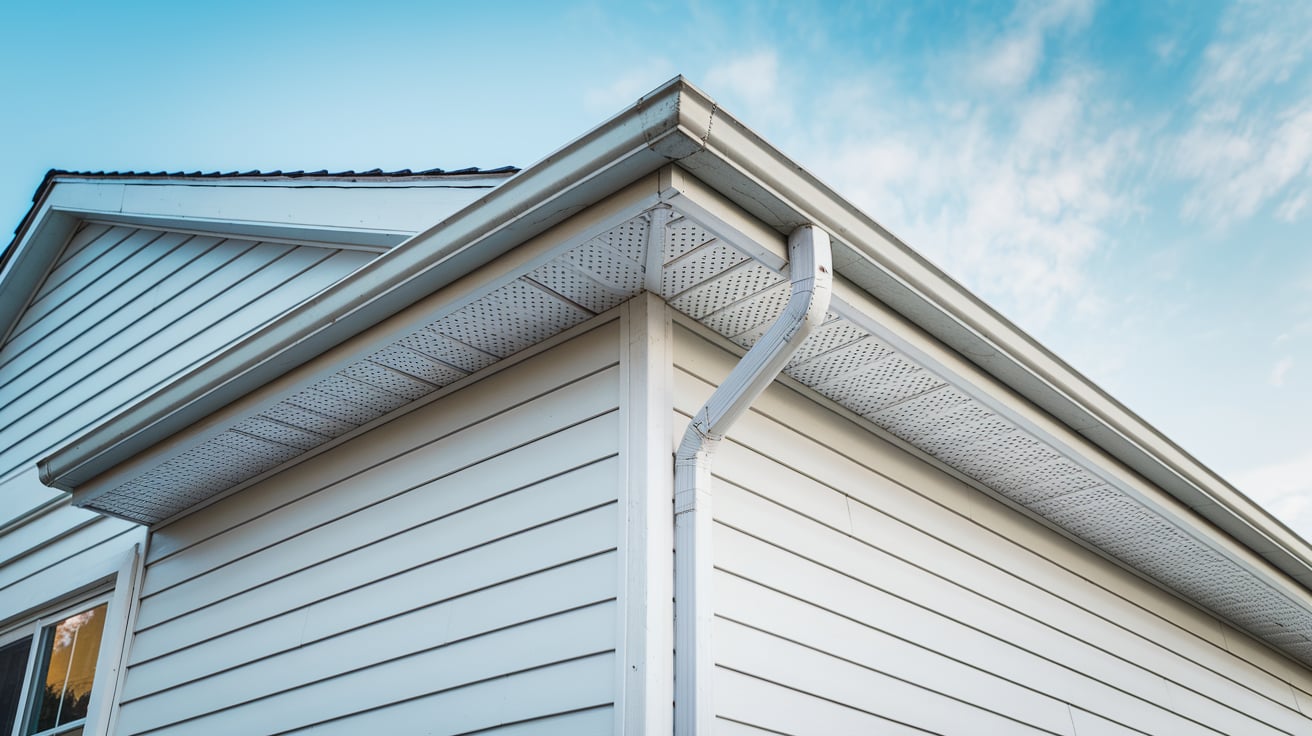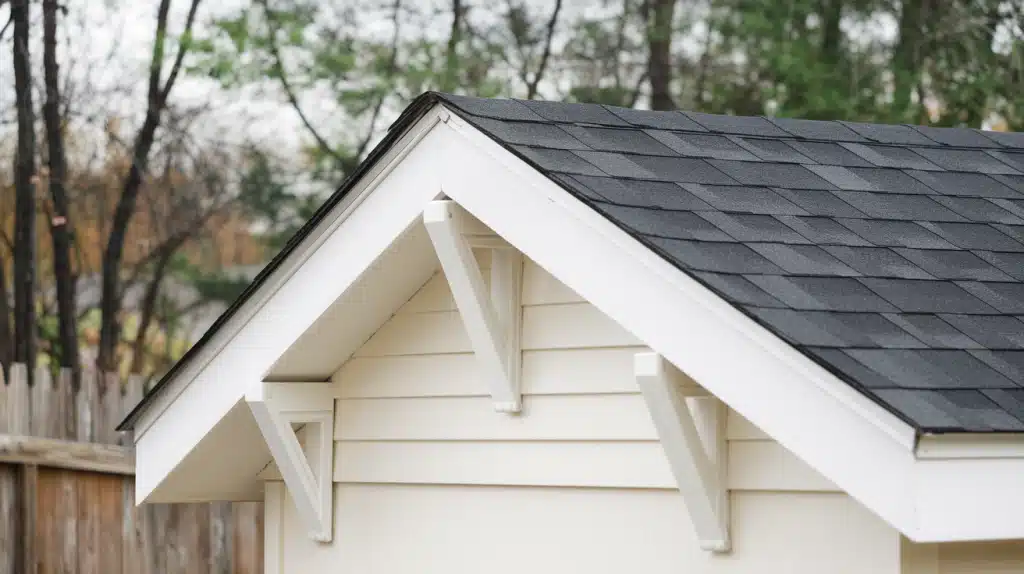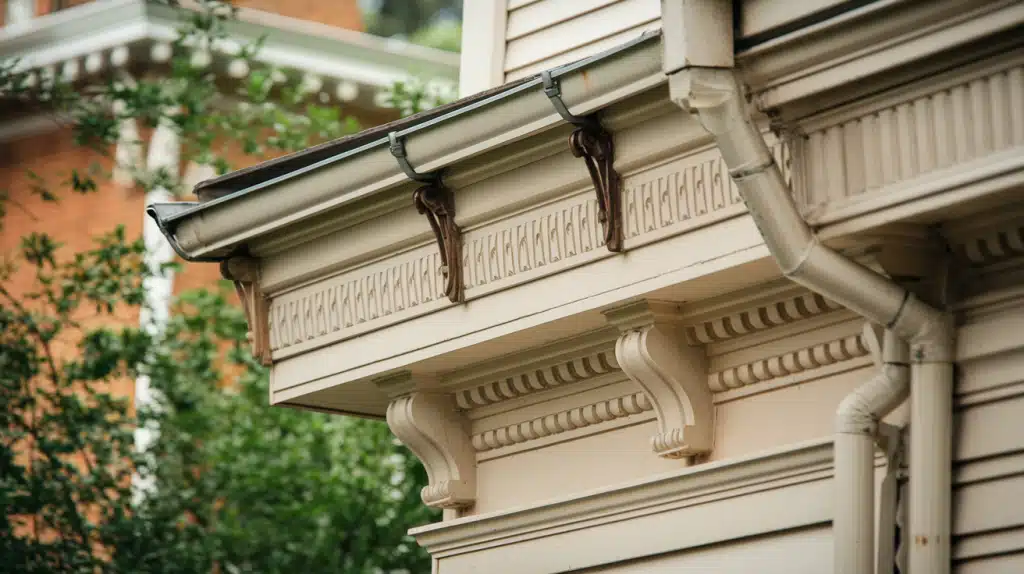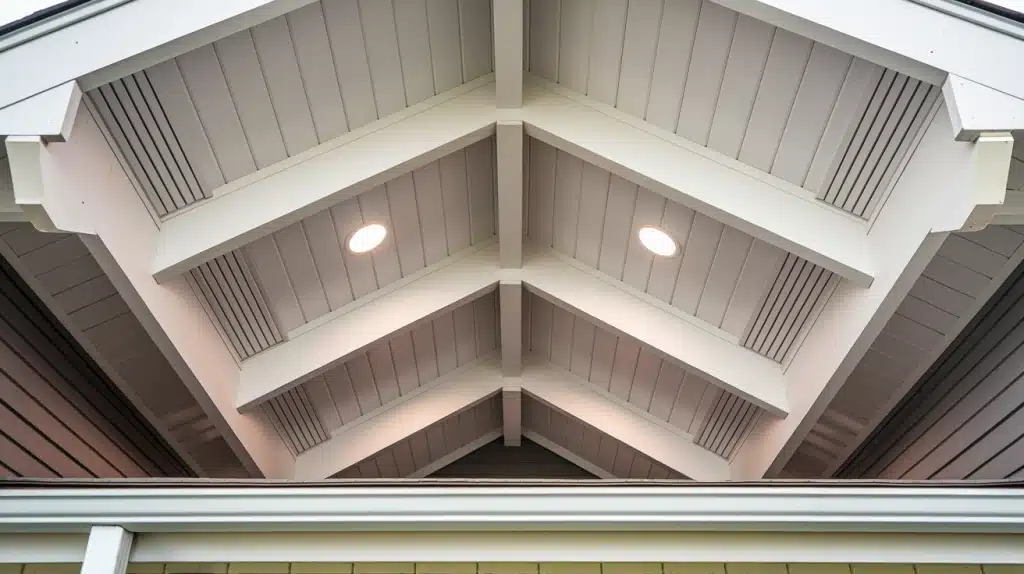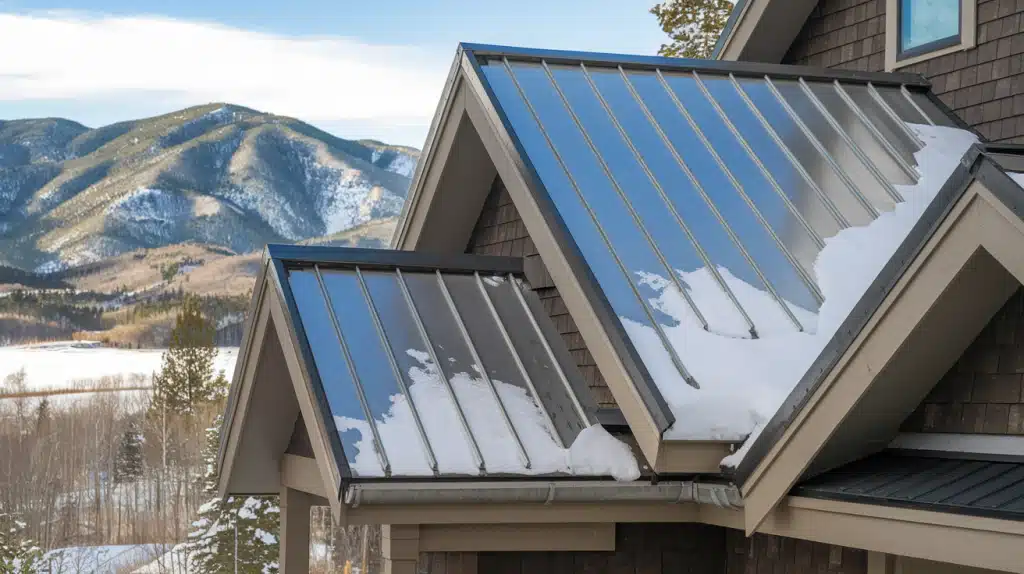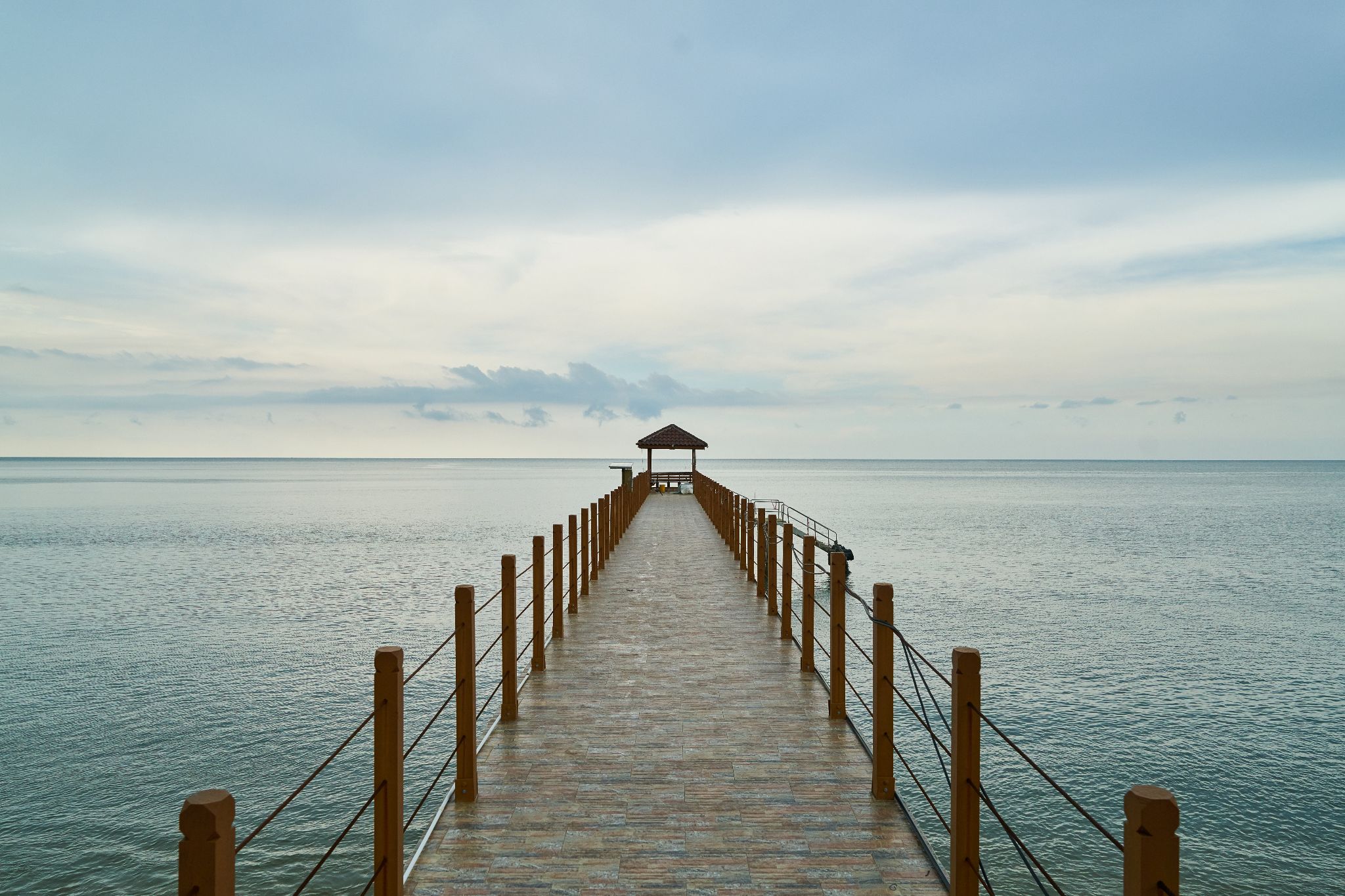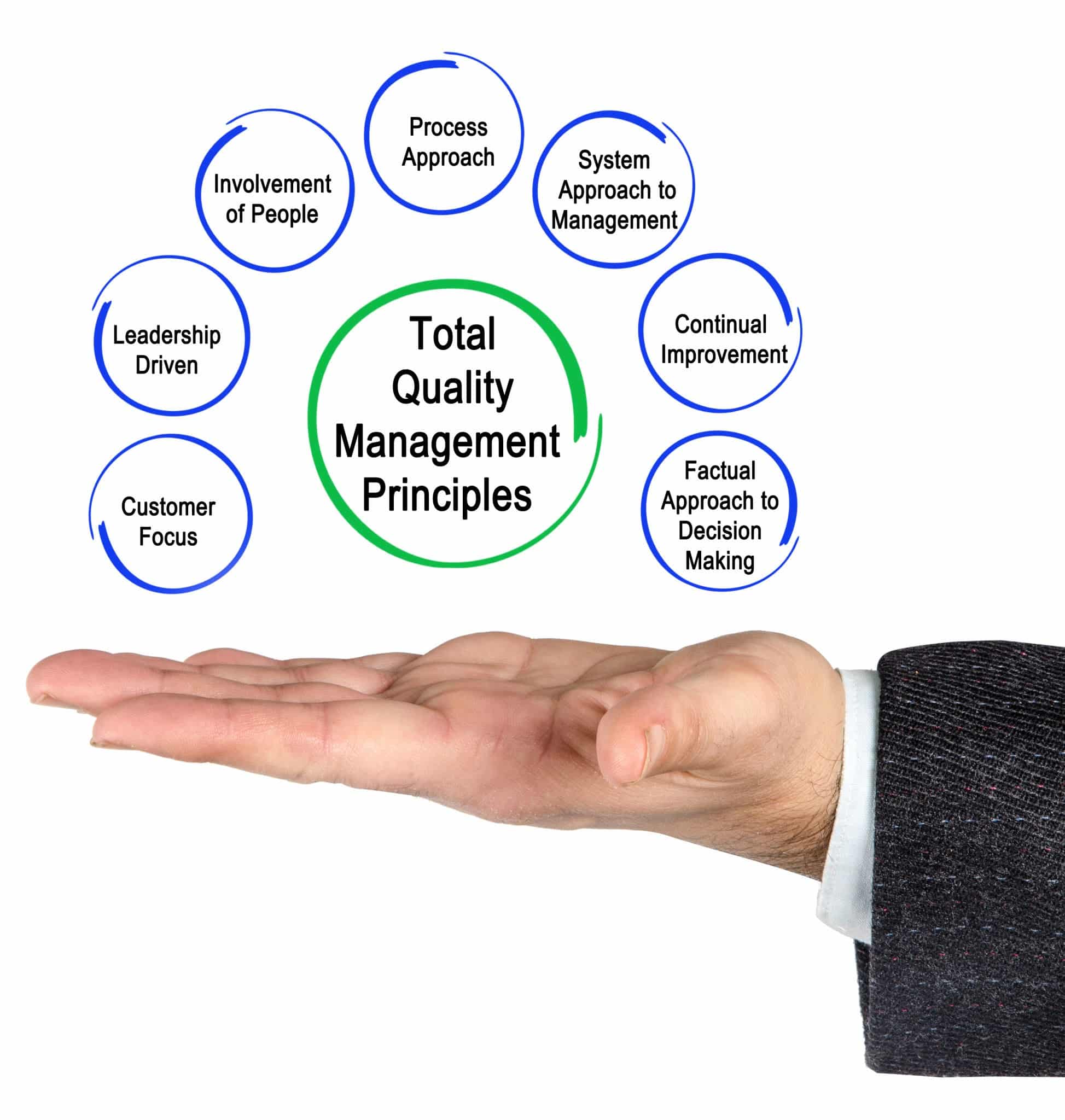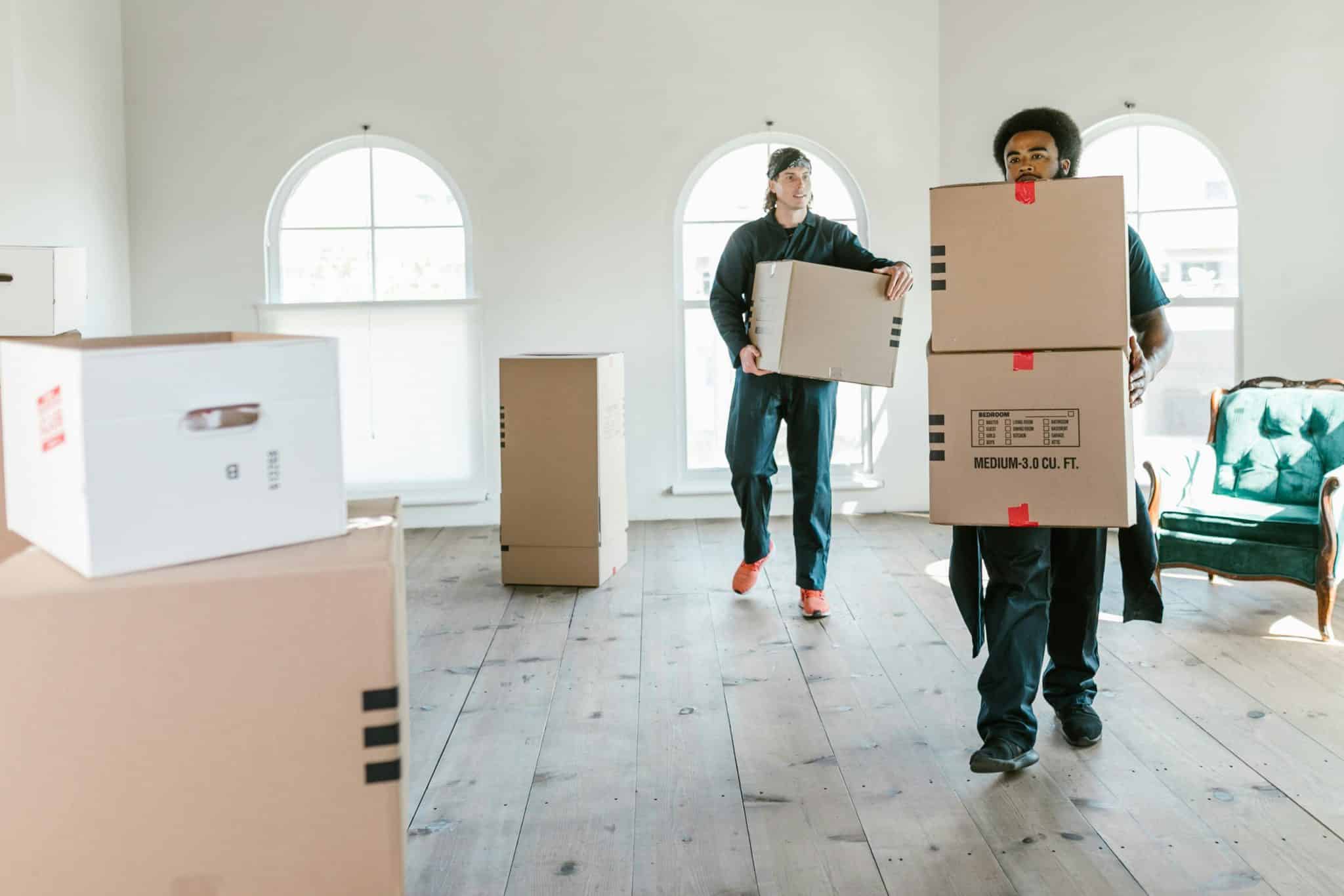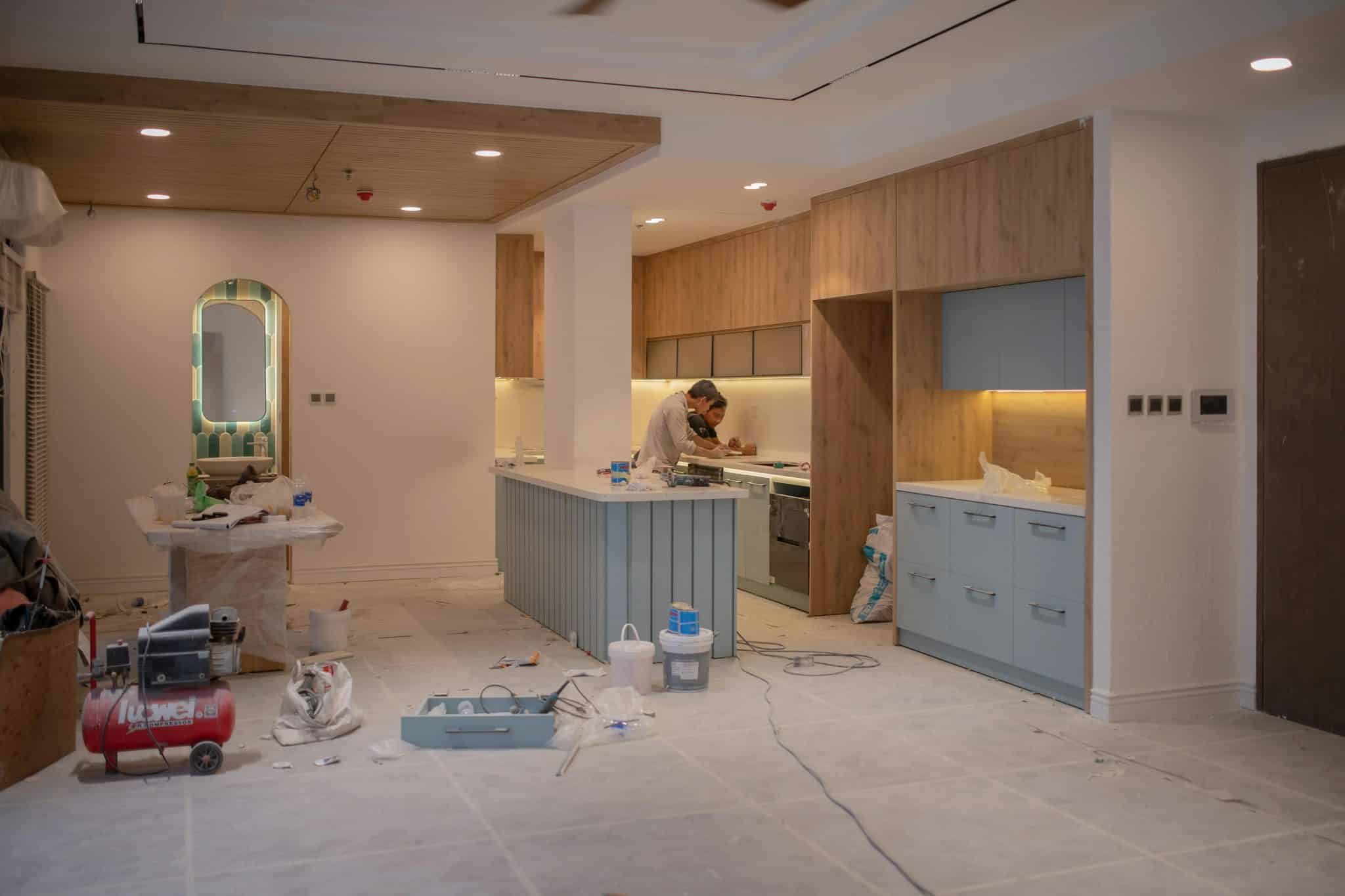Ever notice how some homes look perfectly finished while others seem incomplete around the roof edges? The difference often comes down to one simple component most homeowners overlook: the rake board.
I’ve seen countless homeowners struggle with water damage, pest problems, and costly repairs because they didn’t understand this basic roofing element. These issues could have been prevented with proper rake board knowledge.
A rake board isn’t just another piece of trim; it’s your home’s first line of defense against weather damage and unwanted visitors. When installed correctly, it protects your roof structure and saves you thousands in potential repairs.
In this guide, I’ll show you exactly what rake boards are, how they work, and why they’re essential for every gabled roof. You’ll learn to identify problems early and make informed decisions about your home’s protection.
What Is a Rake Board?
A rake board is a horizontal wooden board that sits at the edge of a gabled roof. It runs along the slanted sides of the roof where it meets the gable end. This board covers the exposed ends of the roof rafters and connects to the fascia board at the bottom edge of the roof.
Key Functions of Rake Boards:
- Weather Protection: Shields the roof structure from rain, snow, and wind damage by sealing gaps where water could enter.
- Structural Support: Provides additional stability to the roof edge and helps maintain the roof’s shape over time.
- Pest Prevention: Blocks insects, birds, and small animals from entering the attic space through roof gaps.
- Visual Appeal: Creates a clean, finished look for the home’s exterior and hides rough rafter ends.
- Trim Connection: Serves as a mounting point for gutters and other roofing accessories.
- Moisture Control: Prevents water from seeping into the roof deck and causing wood rot or mold growth.
Rake boards are typically made from wood, vinyl, or composite materials. They require regular maintenance to prevent deterioration and ensure continued protection for your home’s roof system.
Types of Rake Boards
Rake boards come in various styles and designs to match different home architectures and functional requirements. Each type offers specific benefits for weather protection, visual appeal, and structural performance.
Materials Used
| Material | Description | Key Benefits |
|---|---|---|
| Wood | Traditional cedar, pine, or fir boards | Natural beauty and easy workability |
| Vinyl | Lightweight, low-maintenance plastic boards | Resist moisture and won’t rot or warp |
| Aluminum | Durable metal boards | Excellent weather resistance and long-lasting performance |
| Composite | Engineered boards made from wood fibers and plastic | Combine strength with low maintenance |
| Fiber Cement | Dense, fire-resistant boards | Withstand harsh weather conditions and pest damage |
| PVC | Solid plastic boards | Superior moisture resistance and dimensional stability |
| Engineered Wood | Manufactured boards with enhanced durability | Consistent quality compared to natural wood |
1. Standard Rake Boards
Standard rake boards are the most common type used on residential homes.
They provide basic weather protection and create a clean, finished appearance along the roof edge.
These boards are typically 1×6 or 1×8 inches in size and offer reliable performance for most climate conditions.
2. Decorative Rake Boards
Decorative rake boards feature ornate details, carved patterns, or molded profiles that add visual appeal to the home’s exterior.
These boards often feature trim work, raised panels, or traditional design elements that complement the home’s architectural style and enhance its curb appeal.
3. Wide Rake Boards
Wide rake boards offer extra coverage and create a more substantial look along the roofline.
These boards are typically 1×10 or 1×12 inches and provide enhanced protection against wind-driven rain while giving the home a bold, prominent appearance.
4. Boxed Rake Boards
Boxed rake boards include a soffit underneath that creates an enclosed box structure.
This design provides additional protection from weather and pests while offering ventilation options for the attic space. The boxed design also creates a more finished, professional appearance.
5. Climate-Specific Rake Boards
Climate-specific rake boards are designed for extreme weather conditions in different regions.
These boards feature enhanced sealing properties, reinforced construction, or special coatings to handle heavy snow loads, high winds, or intense UV exposure from constant sunlight.
Rake Board vs Fascia: Understanding the Differences
While both rake boards and fascia boards protect your roof’s edges, they serve different locations and functions on your home’s roofing system.
| Aspect | Rake Board | Fascia Board |
|---|---|---|
| Location | Along slanted roof edges (gable ends) | Along horizontal roof edges (eaves) |
| Position | Runs diagonally up the roof slope | Runs horizontally across the roof bottom |
| Primary Function | Protects gable end rafters | Supports gutters and covers rafter ends |
| Water Management | Prevents side water infiltration | Directs water into gutters |
| Installation Angle | Angled to match roof pitch | Installed horizontally |
| Gutter Attachment | No gutter connection | Direct gutter mounting point |
| Visibility | Visible from front/back of house | Visible from sides of house |
| Maintenance Access | Requires ladder for steep angles | Easier access from ground level |
| Weather Exposure | Faces wind and driving rain | Faces direct sun and rain runoff |
| Typical Size | 1×6 to 1×12 inches | 1×6 to 1×10 inches |
Understanding these differences helps homeowners choose the right materials and maintenance approach for each board type.
Common Mistakes to Avoid for Rake Board
Proper rake board installation and maintenance require attention to detail, as small errors can lead to significant water damage and costly repairs.
- Water Damage: Inspect for rot, warping, or discoloration regularly. Replace damaged sections immediately to prevent structural issues and costly repairs.
- Pest Infestation: Check for holes, nests, or insect damage. Seal gaps with caulk and treat infested areas to prevent further damage.
- Paint Peeling: Scrape loose paint and apply fresh primer and paint every 3-5 years to maintain protection and appearance.
- Loose Fasteners: Tighten or replace loose nails and screws annually. Use stainless steel fasteners to prevent rust and corrosion damage.
- Caulk Deterioration: Remove old caulk and apply fresh weatherproof sealant around joints to prevent water infiltration and air leaks.
- Seasonal Cleaning: Remove debris, leaves, and dirt buildup twice yearly. Clean surfaces help identify problems early and extend the board’s lifespan.
DIY vs Professional Installation
Installing rake boards can be approached as either a DIY project or a professional job, depending on your skill level and comfort with roof work.
DIY installation offers cost savings and personal satisfaction but requires proper tools, safety equipment, and construction knowledge.
Professional installation ensures expert workmanship, proper materials, and warranty protection, though it costs more upfront.
The decision depends on factors like roof height, complexity, local building codes, and your experience with home improvement projects.
DIY Installation Benefits
- Lower overall costs by eliminating labor expenses
- Complete control over materials and timeline
- Personal satisfaction from completing the project yourself
- Ability to work at your own pace
Professional Installation Benefits
- Expert knowledge of building codes and proper techniques
- Access to specialized tools and high-quality materials
- Warranty coverage for both materials and workmanship
- Insurance protection against accidents or damage
- Faster completion time with experienced crews
Conclusion
Rake boards might seem like a small detail, but they’re one of the most important investments you can make for your home’s long-term protection. From preventing water damage to keeping pests out, these simple boards work around the clock to maintain your roof’s integrity.
I’ve shown you the different types, materials, and installation options available. The key is choosing the right rake board for your climate and home style and then maintaining it properly over time.
Don’t wait until you notice problems; inspect your rake boards twice a year and address any issues immediately. Your future self will thank you when you avoid costly repairs and maintain your home’s value.
Have questions about your specific rake board situation?

